5 AI Trends to Watch in 2024

Why is AI trending?
In 2024, AI trends to watch in the USA will include the rise of generative AI, reshaping content creation, and automation. Among the top 5 AI trends are advancements in healthcare, where AI is improving diagnostics and personalized medicine. Current trends in AI also highlight AI-powered automation, enhancing business operations and efficiency. Ethical AI and regulation are gaining importance to ensure transparency and fairness, making this one of the top 5 AI trends. Lastly, AI's role in cybersecurity is critical, as it addresses sophisticated cyber threats, marking it as a key trend among the top 5 AI trends in 2024 and 5 trending technologies to watch.
Furthermore, the expanding applications of AI across various sectors, from healthcare and education to manufacturing and e-commerce, fuel the demand for AI trends and underscore the breadth of its impact. The rapid advancements in generative AI, particularly in text, image, and video generation, have sparked widespread adoption and new applications.
How much is the AI industry worth?
What is the growing market demand for AI trends? The global artificial intelligence market size is expected to grow from $454.12 billion in 2022 to around $2,575.16 billion by 2032, at a CAGR of 19% from 2023 to 2032. North America dominated the market in 2022, while Asia Pacific is expected to be the fastest-growing region during the forecast period.
The AI in marketing market is also witnessing significant growth, projected to expand from $12.5 billion in 2022 to $72.1 billion by 2030, at a CAGR of 24.5%. The increasing adoption of AI in marketing is driven by its ability to understand consumer behavior, analyze data, and personalize campaigns for improved ROI.
Now, we shall discuss the top 5 AI trends, which is the current trends in AI.
5 trends in artificial intelligence
1. Generative AI and democratization
Generative AI refers to deep learning models that can generate new, high-quality content like text, images, videos, and code based on the data they were trained on. This is a significant advancement from traditional machine learning models focused on classification and prediction tasks.
The democratization of Generative AI is a key trend, as these powerful capabilities are becoming more accessible to a wider range of users and organizations. Several factors are contributing to this democratization:
1. Availability of pre-trained models: Companies and researchers are releasing large, pre-trained Generative AI models that can be fine-tuned for specific use cases, lowering the barrier to entry.
2. Advancements in user interfaces: The development of intuitive, natural language-based interfaces like ChatGPT allows users to interact with Generative AI systems without specialized technical knowledge.
3. Cloud-based services: Major cloud providers offer Generative AI services and APIs that can be easily integrated into applications, making the technology more accessible.
4. Open-source frameworks: The availability of open-source Generative AI frameworks, such as Hugging Face Transformers, enables developers to experiment and build their custom models.
As a result, Generative AI is being adopted across a wide range of industries, from content creation and software development to scientific research and product design. This democratization empowers more people to leverage the capabilities of Generative AI to enhance their workflows, boost productivity, and unlock new possibilities.
2. AI for workplace productivity
Here's how AI is revolutionizing workplace productivity, ensuring this information is plagiarism-free:
· Automating Mundane Work: AI tackles repetitive tasks that drain human energy, like data entry, scheduling, and generating basic reports. This frees employees from higher-level thinking and creative problem-solving.
· Data-Driven Insights, Amplified: AI analyzes massive datasets, uncovering hidden patterns and trends that might escape human attention. This empowers businesses with the knowledge to optimize processes, predict customer behavior, and make informed decisions in areas like sales forecasting and risk management.
· AI-Powered Decision Support: Complex information does not match AI's analytical prowess. AI can distill vast datasets into actionable insights, aiding strategic decision-making in marketing campaigns, product design, and logistics optimization.
· Predicting the Future for Proactive Action: AI can forecast equipment failures, customer defection, or market fluctuations. Businesses can leverage these predictions to take preventive measures, minimizing disruptions and boosting overall efficiency.
3. Multimodal AI
Multimodel is one of the top 5 AI trends in 2024. Multimodal AI has various applications across various industries, leveraging its ability to process and integrate multiple data types for enhanced understanding and decision-making. Here are some key use cases for Multimodal AI:
Computer Vision
Multimodal AI is revolutionizing computer vision by going beyond simple object identification. By combining visual data with other modalities like audio, text, or sensor data, AI systems can better understand the context and make more accurate determinations.
For example, identifying a dog in an image is more reliable when paired with the sounds of a dog. Facial recognition can be improved by incorporating natural language processing to identify individuals better.
Healthcare
Multimodal AI processes and analyzes a wide range of patient data in the healthcare sector, including vital signs, diagnostic images, lab results, and medical records. Multimodal AI is also being applied in drug discovery, where it helps researchers analyze vast amounts of chemical and biological data to identify promising drug candidates.
Autonomous Vehicles
Self-driving cars rely heavily on Multimodal AI to perceive their environment and make safe decisions. These systems combine data from cameras, LiDAR, radar, GPS, and other sensors to comprehensively understand the vehicle's surroundings. By fusing this information, autonomous vehicles can detect obstacles, identify traffic signs and signals, and navigate complex road conditions more effectively than systems that rely on a single data source.
Industrial Automation
Multimodal AI is used in industrial settings to optimize manufacturing processes, improve product quality, and reduce maintenance costs. AI models can identify patterns, predict equipment failures, and make real-time adjustments to the production line by integrating data from various sources, such as sensors, cameras, and historical records. This leads to increased efficiency, reduced downtime, and higher product quality.
Natural Language Processing
Among 5 trending technologies of AI, Multimodal AI makes significant strides in natural language processing (NLP), enabling AI systems to understand and generate human language
more accurately. By incorporating visual and audio data, NLP models can better grasp context and nuance, leading to more natural and engaging conversations. This is particularly useful in chatbots, virtual assistants, and language translation applications.
4. AI in science and healthcare
Among various current trends in AI, science and health care utilize AI tools for multiple purposes. Artificial intelligence (AI) is rapidly transforming the landscape of science and healthcare.
· Accelerating Discovery: AI can analyze massive scientific datasets, uncovering hidden correlations and patterns that traditional methods might miss. This can lead to new research avenues, accelerate drug discovery, and improve our understanding of complex biological processes. For instance, AI algorithms analyze protein structures, identify potential drug targets, and design new materials with specific properties.
· Supercharging Simulations: AI can create incredibly detailed simulations of complex systems, from protein folding to climate change. These simulations allow scientists to test hypotheses, predict outcomes, and optimize experiments in a virtual environment, saving time and resources.
· Augmenting Medical Diagnosis: AI algorithms are trained on vast amounts of medical data, including patient records, imaging scans, and genetic information. This allows them to assist healthcare professionals in tasks like analyzing X-rays and mammograms for early signs of disease, identifying potential drug interactions, and even predicting patient outcomes.
· Personalized Medicine: AI can analyze a patient's unique medical history, genetic makeup, and lifestyle to create personalized treatment plans. This approach to medicine holds immense promise for improving treatment efficacy and reducing side effects.
· Drug Development: The traditional drug development process is expensive. AI can analyze vast chemical compounds and patient data datasets to identify new treatments to market.
· Robot-Assisted Surgery: AI-powered robotic surgical systems are improving the precision, minimally invasive nature, and overall success rates of surgeries. These robots assist surgeons by providing enhanced visualization, improved agility, and tremor filtering.
· AI-powered Research Assistants: Scientists increasingly use AI-powered chatbots and virtual assistants to automate tasks like data analysis, literature reviews, and experiment design. This allows researchers to focus on their work's more creative and strategic aspects.
5. Regulation and ethics
AI in Regulation
· Risk-based classification: The European Union's AI Act classifies AI technologies based on their risk level, from unacceptable to minimal risk, and outlines specific obligations for providers of high-risk systems.
· Compliance monitoring: AI monitors compliance with AI regulations, such as detecting when AI-generated content is not properly disclosed or identifying potential biases in AI systems.
· Automated auditing: AI can perform automated audits of AI systems to assess their adherence to ethical principles and legal requirements, helping to scale up regulatory oversight.
AI in Ethics
· Bias detection: Ethical AI trends is being leveraged to identify and mitigate biases in datasets and algorithms used to train AI models, helping to ensure fairness and non-discrimination.
· Explainable AI: Techniques like explainable AI are being developed to make AI systems more transparent and accountable, allowing humans to understand and challenge the decisions made by AI.
· Ethical AI frameworks: AI is being used to develop and operationalize ethical AI frameworks, such as translating high-level principles into concrete requirements for AI development and deployment.
· Ethical impact assessments: AI can help conduct ethical impact assessments of AI systems, evaluating their potential risks and benefits to individuals and society.
Start learning AI today:
Artificial intelligence (AI) is rapidly evolving, and staying ahead of the curve is crucial. To get started, explore the AI trends 2024 and the Top AI trends USA shaping the industry. From mastering the fundamentals of machine learning to delving into cutting-edge techniques like natural language processing and computer vision, a comprehensive understanding of AI is key. Interested individuals can join an AI certification course to gain hands-on experience and the skills needed to thrive in this dynamic field. With the right training and knowledge, you can join the AI revolution and contribute to developing transformative technologies.
Find a course provider to learn Artificial Intelligence Engineer
Java training | J2EE training | J2EE Jboss training | Apache JMeter trainingTake the next step towards your professional goals in Artificial Intelligence Engineer
Don't hesitate to talk with our course advisor right now
Receive a call
Contact NowMake a call
+1-732-338-7323Enroll for the next batch
Artificial Intelligence Engineer
- Dec 8 2025
- Online
Artificial Intelligence Engineer
- Dec 9 2025
- Online
Artificial Intelligence Engineer
- Dec 10 2025
- Online
Artificial Intelligence Engineer
- Dec 11 2025
- Online
Artificial Intelligence Engineer
- Dec 12 2025
- Online
Related blogs on Artificial Intelligence Engineer to learn more

Artificial Intelligence – A Growing Field of Study for Modern Learners
Artificial Intelligence is becoming a top study choice due to high job demand and future scope. This blog explains key subjects, career opportunities, and a simple AI study roadmap to help beginners start learning and build a strong career in the AI

Train Like an AI Engineer: The Smartest Career Move You’ll Make This Year!
Why AI Engineering Is the Hottest Skillset Right Now From self-driving cars to chatbots that sound eerily human, Artificial Intelligence is no longer science fiction — it’s the backbone of modern tech. And guess what? Companies across the USA and Can
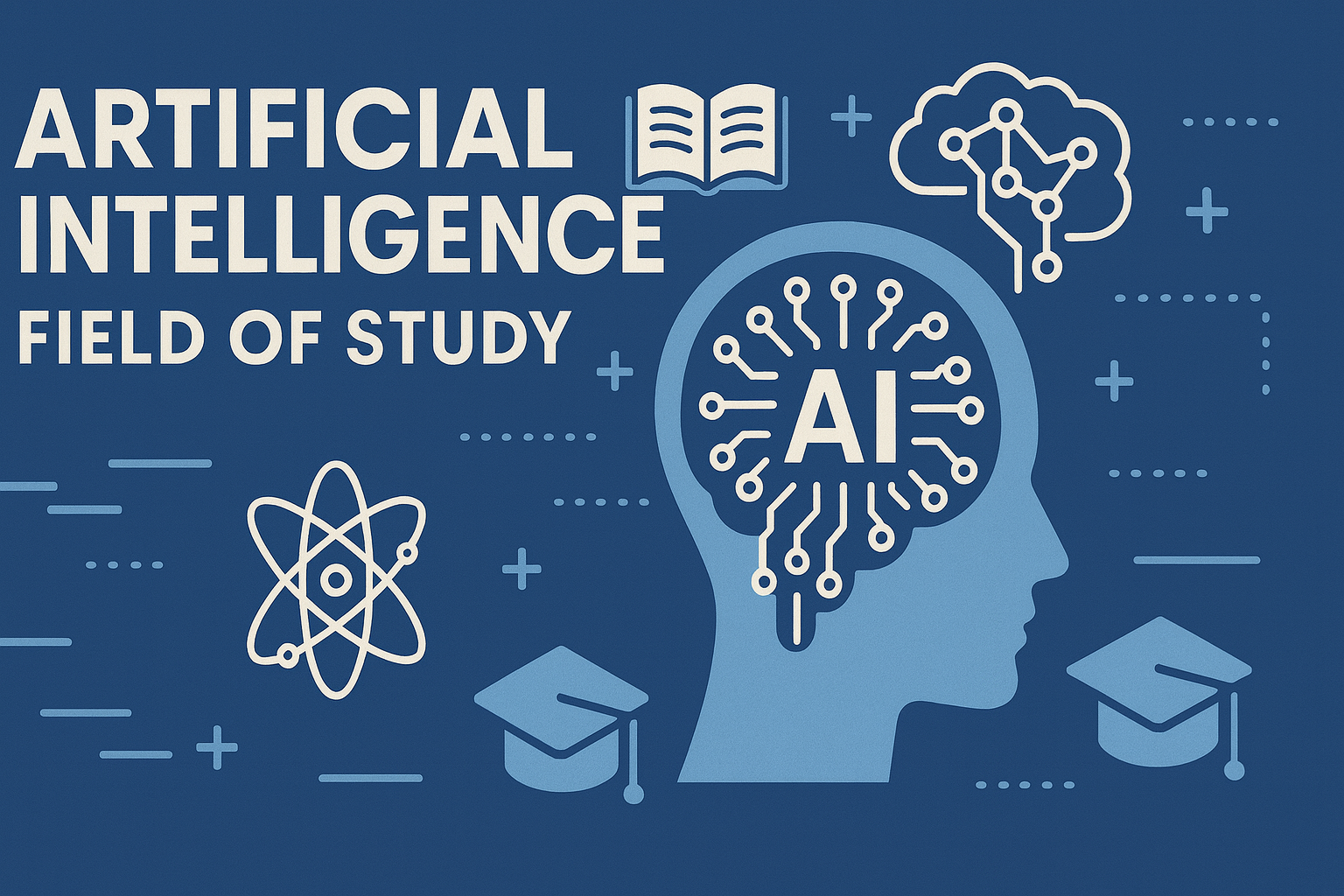
Artificial Intelligence – Field of Study
Explore how Artificial Intelligence blends Machine Learning, Deep Learning, NLP, and Computer Vision to build intelligent systems that learn, reason, and decide. Discover real world applications, ethics, and booming career scope as AI education deman
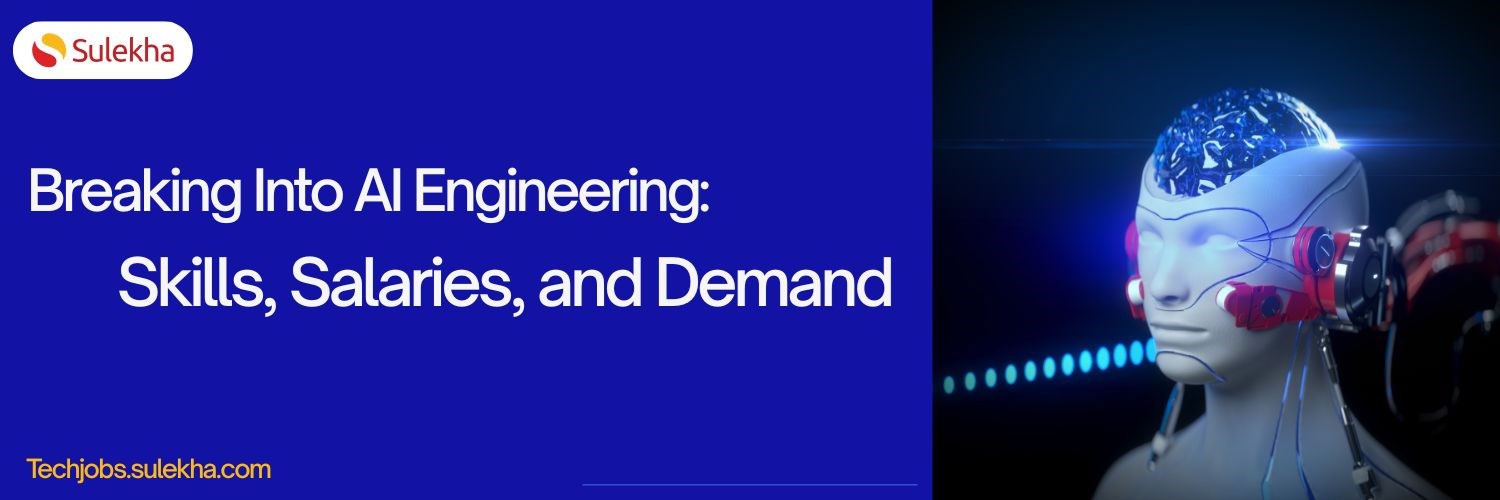
Breaking Into AI Engineering: Skills, Salaries, and Demand in the US
Discover how to break into AI engineering with insights on essential skills, salary expectations, and rising demand in the US. Learn about career paths, certifications, and how to succeed in one of tech’s fastest-growing fields.
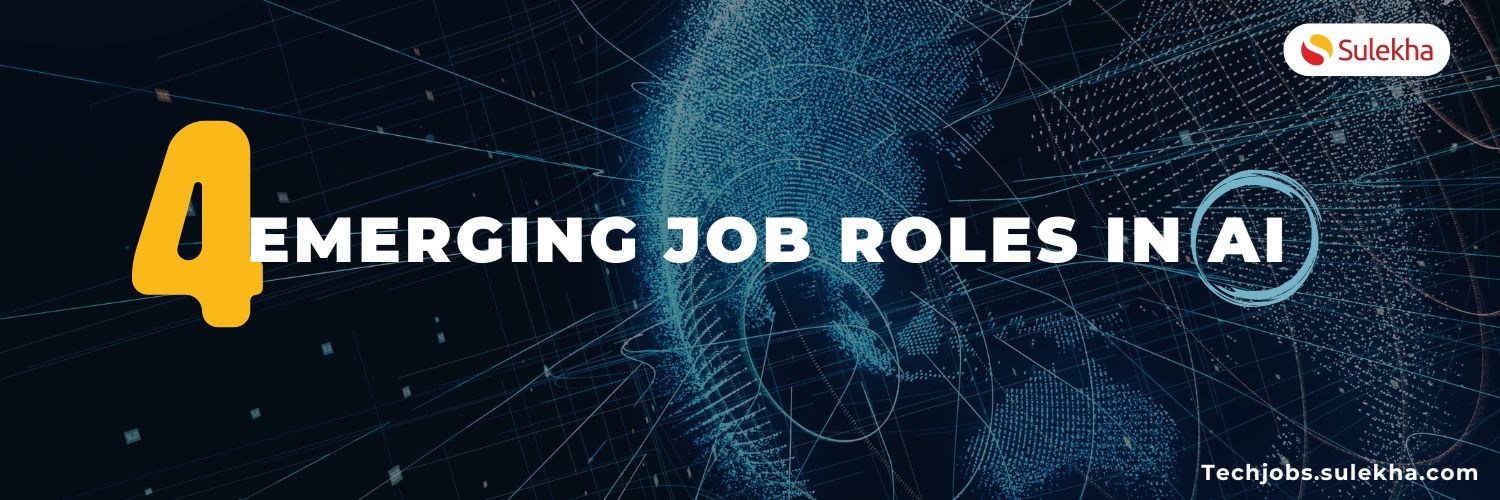
Top Four emerging job roles in AI
Explore four emerging AI job roles including AI ethicist, trainer, interaction designer, and safety engineer, each shaping the future of ethical and secure AI technology. Learn about their responsibilities and the essential skills required in this ev
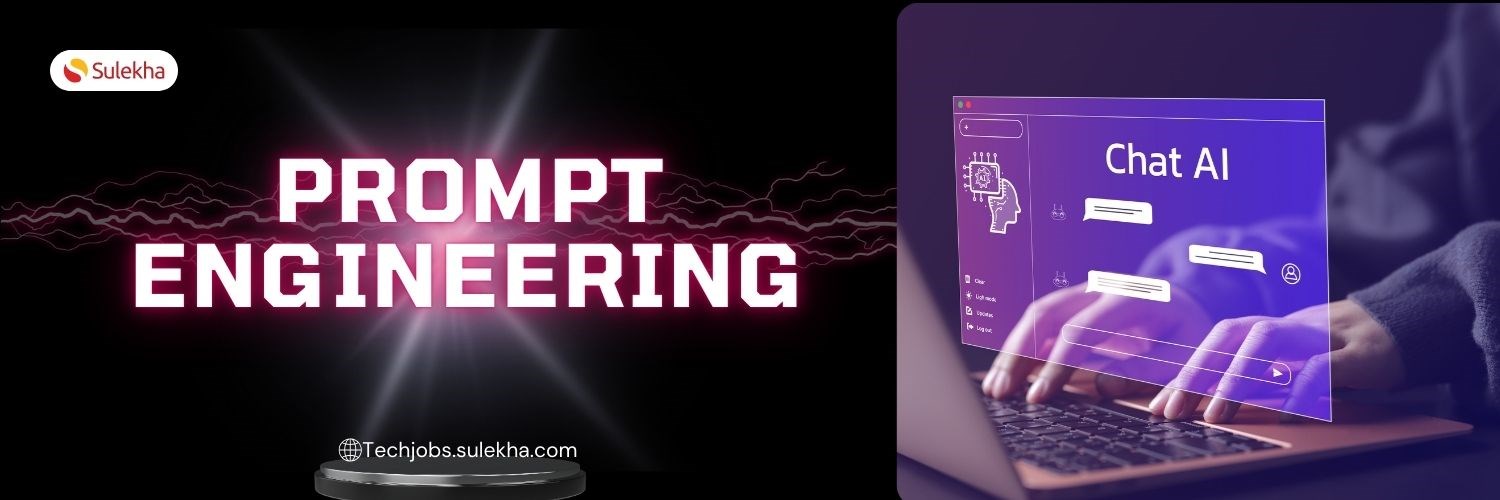
Prompt Engineering
We have discussed comprehensive entitles of what is prompt engineering, types of prompts, element and method of prompt engineering, and application of prompt engineering in-detail.
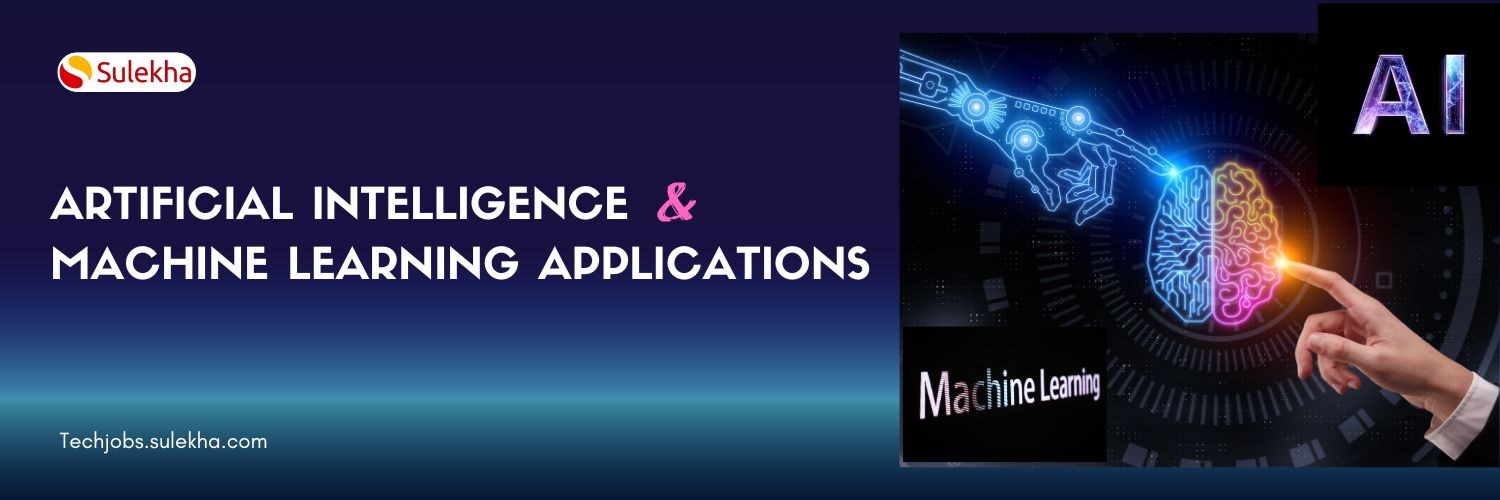
Artificial Intelligence and Machine Learning applications
Discover the vast applications of Artificial Intelligence (AI) and Machine Learning (ML) across various industries, from healthcare to finance, and learn how these technologies are transforming the way we live and work.
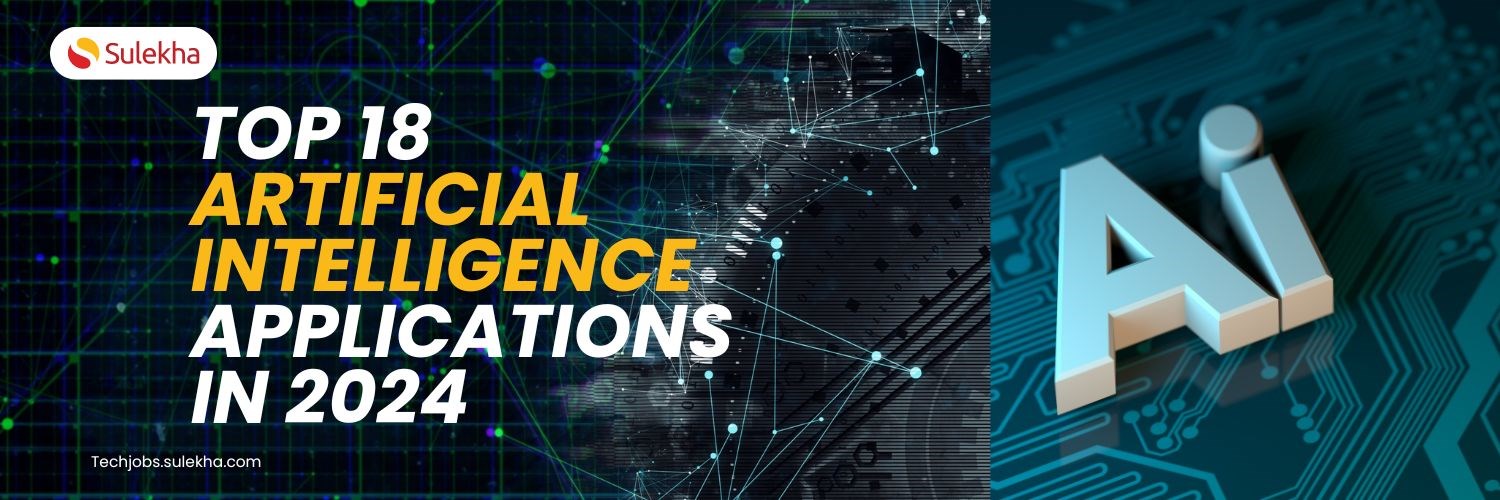
Top 18 Artificial Intelligence Applications in 2024
Explore the diverse applications of machine learning in various industries, including healthcare, finance, retail, and transportation.
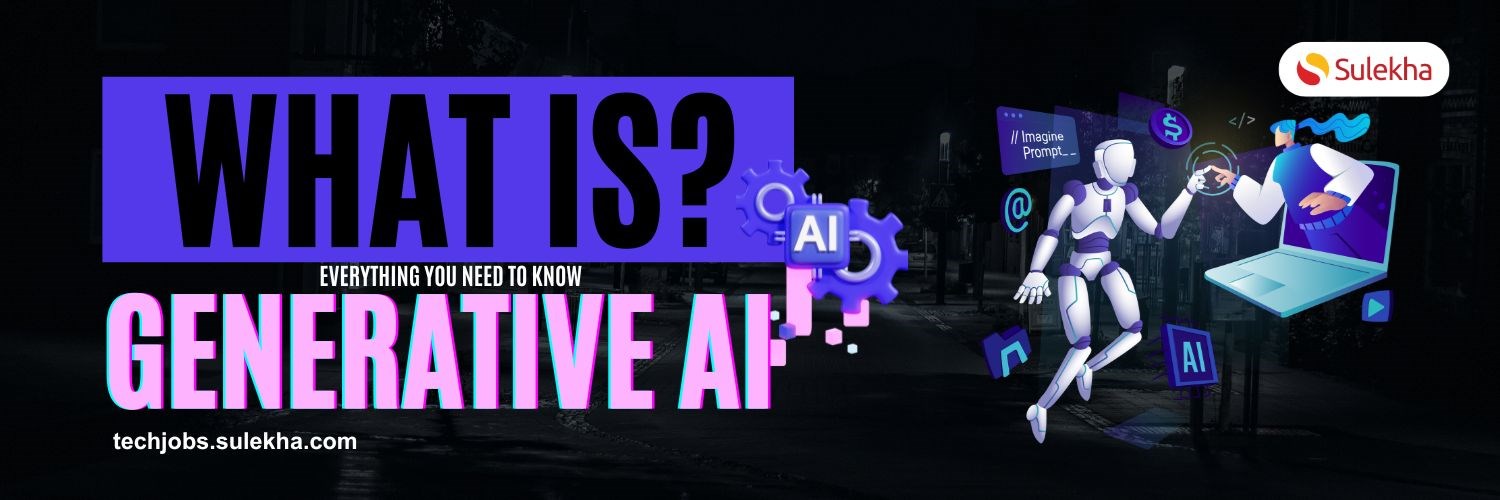
What is Generative AI? Everything You Need to Know
Generative AI is not just a career path; it's a gateway to a future where innovation and creativity intersect. This blog uncovers why generative AI is not just a career but a pathway to shaping the future of work.
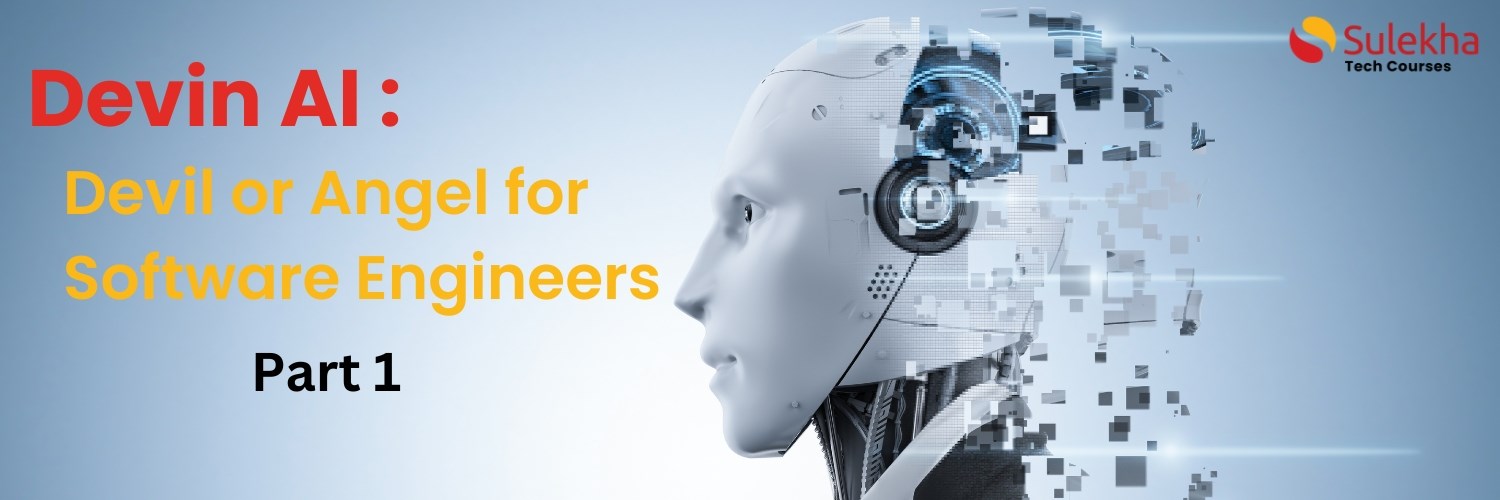
Devin AI - Friend or Foe of Software Developers
In a groundbreaking leap for artificial intelligence, US-based startup Cognition has unveiled Devin AI - an autonomous AI system capable of conceptualizing, designing, and coding software from scratch. This remarkable feat ushers in a new era, blurri
Latest blogs on technology to explore

From Student to AI Pro: What Does Prompt Engineering Entail and How Do You Start?
Explore the growing field of prompt engineering, a vital skill for AI enthusiasts. Learn how to craft optimized prompts for tools like ChatGPT and Gemini, and discover the career opportunities and skills needed to succeed in this fast-evolving indust

How Security Classification Guides Strengthen Data Protection in Modern Cybersecurity
A Security Classification Guide (SCG) defines data protection standards, ensuring sensitive information is handled securely across all levels. By outlining confidentiality, access controls, and declassification procedures, SCGs strengthen cybersecuri

Artificial Intelligence – A Growing Field of Study for Modern Learners
Artificial Intelligence is becoming a top study choice due to high job demand and future scope. This blog explains key subjects, career opportunities, and a simple AI study roadmap to help beginners start learning and build a strong career in the AI

Java in 2026: Why This ‘Old’ Language Is Still Your Golden Ticket to a Tech Career (And Where to Learn It!
Think Java is old news? Think again! 90% of Fortune 500 companies (yes, including Google, Amazon, and Netflix) run on Java (Oracle, 2025). From Android apps to banking systems, Java is the backbone of tech—and Sulekha IT Services is your fast track t

From Student to AI Pro: What Does Prompt Engineering Entail and How Do You Start?
Learn what prompt engineering is, why it matters, and how students and professionals can start mastering AI tools like ChatGPT, Gemini, and Copilot.

Cyber Security in 2025: The Golden Ticket to a Future-Proof Career
Cyber security jobs are growing 35% faster than any other tech field (U.S. Bureau of Labor Statistics, 2024)—and the average salary is $100,000+ per year! In a world where data breaches cost businesses $4.45 million on average (IBM, 2024), cyber secu

SAP SD in 2025: Your Ticket to a High-Flying IT Career
In the fast-paced world of IT and enterprise software, SAP SD (Sales and Distribution) is the secret sauce that keeps businesses running smoothly. Whether it’s managing customer orders, pricing, shipping, or billing, SAP SD is the backbone of sales o

SAP FICO in 2025: Salary, Jobs & How to Get Certified
AP FICO professionals earn $90,000–$130,000/year in the USA and Canada—and demand is skyrocketing! If you’re eyeing a future-proof IT career, SAP FICO (Financial Accounting & Controlling) is your golden ticket. But where do you start? Sulekha IT Serv

Train Like an AI Engineer: The Smartest Career Move You’ll Make This Year!
Why AI Engineering Is the Hottest Skillset Right Now From self-driving cars to chatbots that sound eerily human, Artificial Intelligence is no longer science fiction — it’s the backbone of modern tech. And guess what? Companies across the USA and Can

Confidence Intervals & Hypothesis Tests: The Data Science Path to Generalization
Learn how confidence intervals and hypothesis tests turn sample data into reliable population insights in data science. Understand CLT, p-values, and significance to generalize results, quantify uncertainty, and make evidence-based decisions.